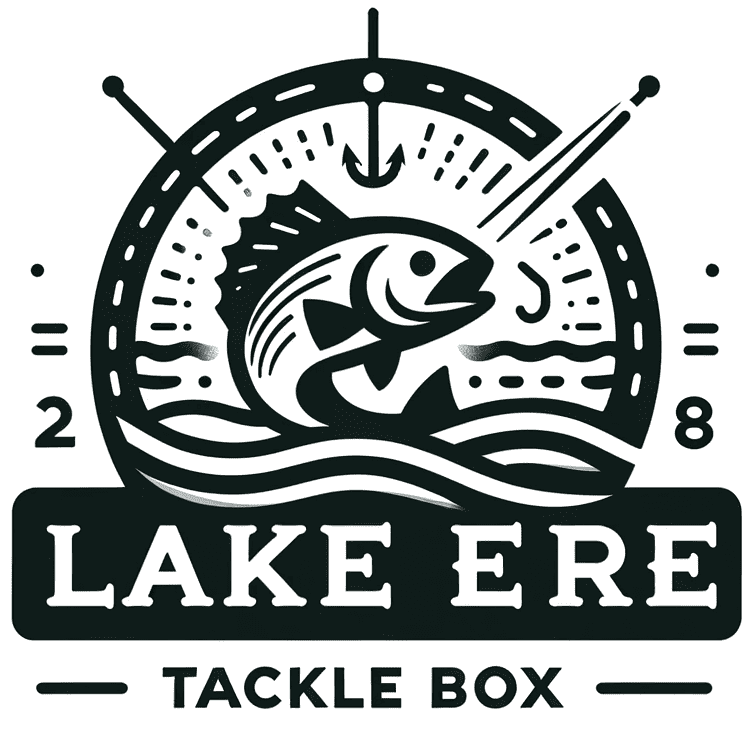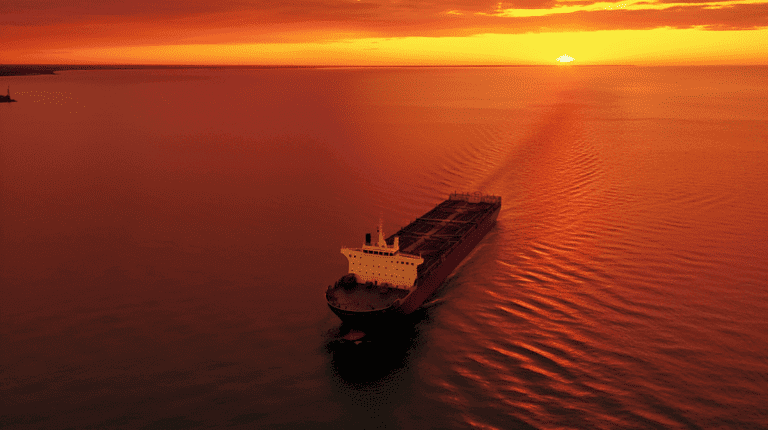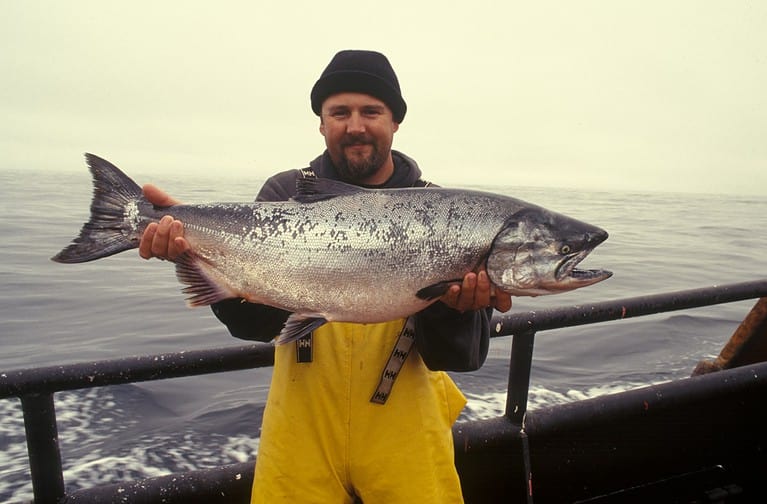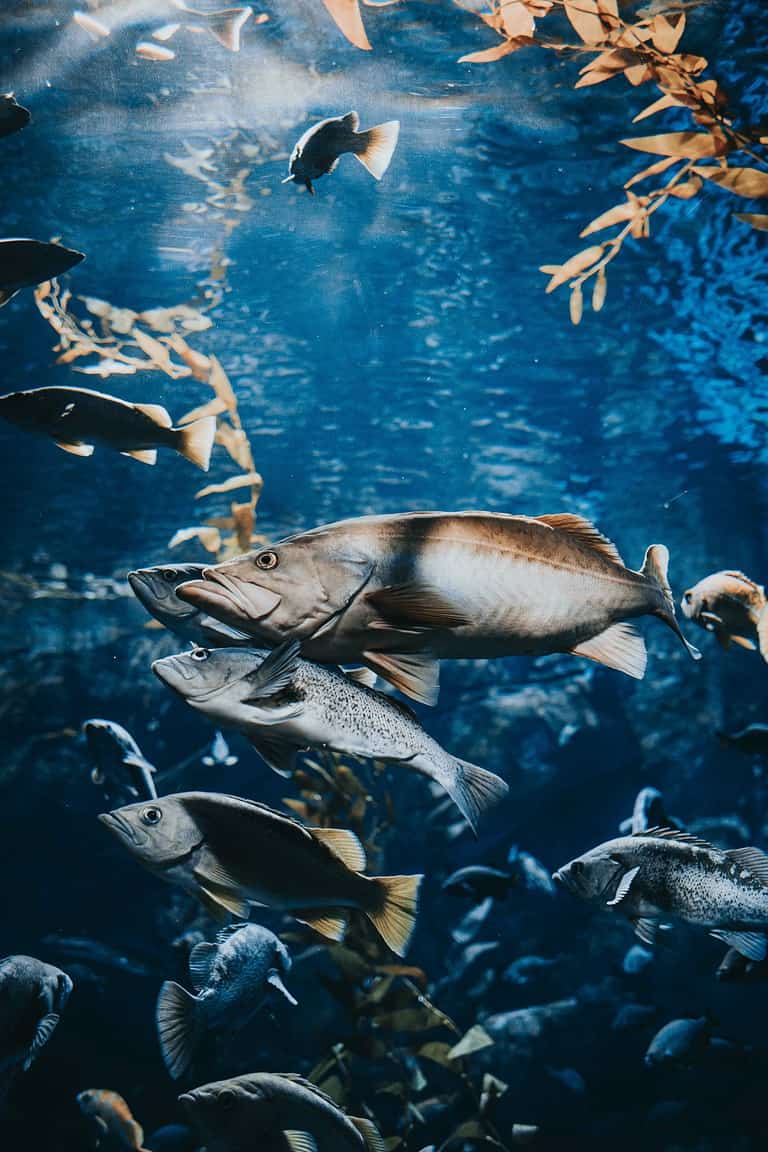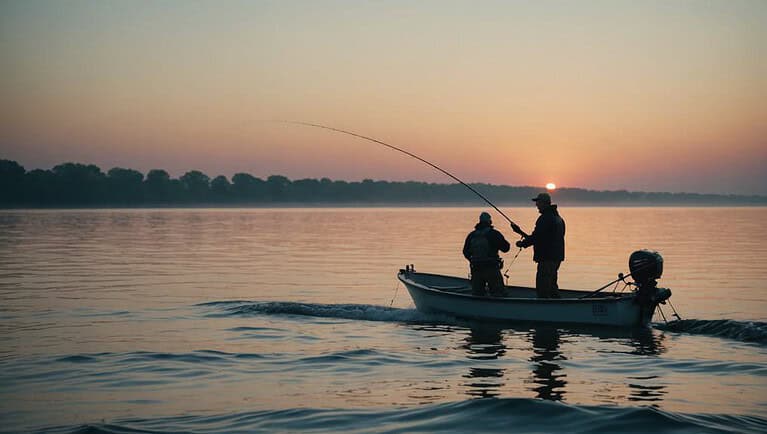Exploring Sunken Shipwrecks of Lake Erie: Maritime Secrets Unveiled
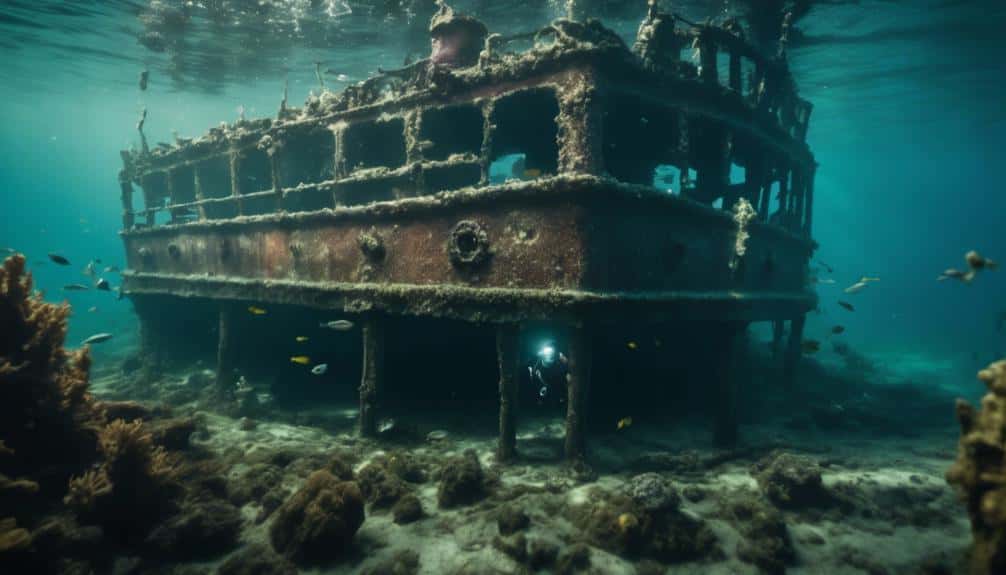
Lake Erie, a repository of maritime history, harbors approximately 1,500 submerged vessels, with around 270 confirmed sites offering a glimpse into the past’s navigational strategies and societal changes. These underwater landscapes, rich in maritime legends and archaeological finds such as the Success, Lake Serpent, and Dean Richmond, serve not only as portals to bygone eras but also highlight the ingenuity of past societies. The exploration of these shipwrecks, meticulously planned and executed, fuels both academic research and public fascination, underscoring the importance of preserving these underwater cultural landscapes.
Remarkably, efforts to maintain these sites as underwater museums emphasize the allure and mystery surrounding Lake Erie’s shipwrecks, inviting ongoing exploration and conservation. A deeper understanding of these submerged vessels reveals ecological insights and emphasizes the interconnectedness of historical preservation and ecological conservation. This initiates an unparalleled opportunity to further explore Lake Erie’s past, enriching our appreciation for the relationship between human history and the natural world.
Table of Contents
Key Takeaways
- Over 1,500 submerged vessels lie in Lake Erie, with around 270 confirmed sites offering a rich maritime history.
- Notable wrecks like the Success, Lake Serpent, and Dean Richmond provide insights into historical navigation and trade.
- Underwater exploration reveals technological advancements and societal changes through maritime artifacts.
- Preservation efforts are dedicated to maintaining these shipwrecks as underwater museums, enhancing biodiversity and historical appreciation.
- The mystery and allure of these wrecks fuel ongoing exploration and conservation, inviting divers and researchers into a world of maritime legends.
Lake Erie Shipwrecks Overview
The submerged vessels within Lake Erie, numbering approximately 1,500 with around 270 confirmed sites, embody a rich tapestry of maritime history and ecological significance, warranting a thorough exploration and analysis.
These relics, nestled in the lake’s depths, offer unparalleled exploration opportunities for historians, archaeologists, and divers alike, each seeking to reveal the secrets of the past. The study of these shipwrecks provides profound maritime history insights, shedding light on the technological, social, and economic contexts of their times.
As each vessel’s story is meticulously unraveled, the broader narrative of human interaction with the Great Lakes emerges, offering lessons on resilience, innovation, and the perpetual quest for freedom. This scholarly endeavor not only enriches our understanding of history but also underscores the importance of preserving these underwater cultural landscapes for future generations.
Mystery and Allure
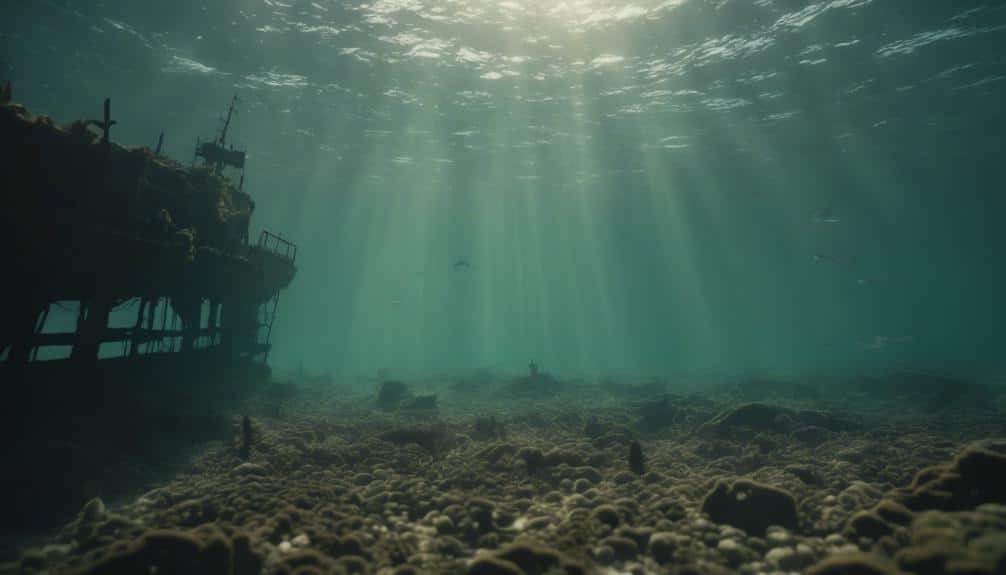
Building upon the historical and ecological significance of Lake Erie’s shipwrecks, the mystery and allure surrounding these submerged vessels captivate a diverse audience of historians, archaeologists, and divers. The intrigue of what lies beneath the lake’s surface drives:
- Exploration Expeditions: Teams meticulously plan dives, aiming to uncover new shipwrecks and document their stories.
- Maritime Legends: Each wreck carries tales of tragedy, bravery, and mystery, fueling both academic research and public fascination.
- Freedom in Discovery: Divers and researchers champion the liberty to explore, unearthing secrets held underwater for centuries.
- Preservation Efforts: The allure extends beyond discovery; it encompasses a dedication to preserving these underwater museums for future generations.
These elements collectively emphasize the profound allure and mystery of Lake Erie’s submerged history, inviting ongoing exploration and conservation.
Notable Wreck Highlights
Delving into the depths of Lake Erie reveals a tapestry of maritime history through its notable shipwrecks, each bearing unique stories of yesteryears’ voyages and misfortunes. Among these submerged vessels, archaeological finds such as the Success, Lake Serpent, and Dean Richmond serve as portals to the past, offering invaluable insights into the life and technology of their respective eras.
These shipwrecks, now silent witnesses to history, stand as maritime legends, encapsulating the spirit of adventure, the peril of nature, and the inevitability of fate. The study of these wrecks not only enriches our understanding of historical navigation and trade but also emphasizes the fragility of human endeavors against the forces of nature.
Diving Into History
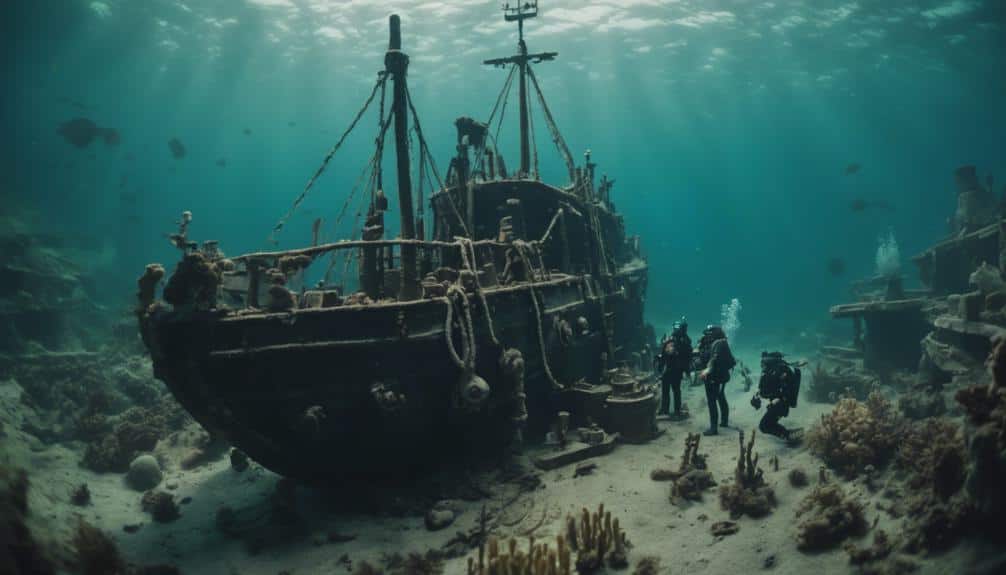
Exploring Lake Erie’s shipwrecks offers a unique lens through which the intricate tapestry of maritime history unfurls, revealing insights into the technological advancements, societal changes, and human experiences that shaped the Great Lakes region. Through underwater exploration, divers and historians piece together stories from maritime artifacts, each discovery adding a chapter to our understanding of the past.
- Underwater exploration connects us to the ingenuity and resilience of past societies.
- Maritime artifacts serve as tangible links to the lives of those who navigated these waters.
- Each shipwreck explored uncovers new data on historical trade routes and maritime strategies.
- The study of these submerged time capsules fosters a deeper appreciation for the complexity of human history and our relationship with the natural world.
Ecological and Historical Insights
Moving beyond the historical narratives and maritime artifacts, the ecological and historical insights from Lake Erie’s shipwrecks offer a multifaceted perspective on the lake’s environmental and cultural legacy. The interplay between underwater exploration and conservation efforts illuminates the path for sustainable engagement with these sites. Preservation techniques not only safeguard the structural integrity of wrecks but also underscore their role in fostering aquatic life, thereby contributing to the biodiversity of Lake Erie.
| Aspect | Impact |
|---|---|
| Conservation Efforts | Enhance biodiversity |
| Preservation Techniques | Maintain shipwrecks as historical sites |
| Underwater Exploration | Opens research opportunities |
| Research Opportunities | Deepens understanding of Lake Erie’s past |
This analytical framework emphasizes the importance of integrating ecological conservation with historical preservation to establish the freedom to explore and learn from these underwater treasures.
Frequently Asked Questions
How Do Legal and Ethical Considerations Impact the Exploration and Salvage of Shipwrecks in Lake Erie?
Legal and ethical considerations heavily influence the exploration and salvage of shipwrecks in Lake Erie. Maritime Law governs activities to guarantee historical artifacts are preserved and not commercially exploited.
Ethical dilemmas arise in balancing the interests of archaeologists, historians, and treasure hunters. Regulations mandate respectful treatment of sites as underwater cultural heritage, thereby safeguarding them for academic study and preventing their loss to private collections or irreversible damage.
These frameworks underscore the importance of responsible exploration.
What Advanced Technologies Are Being Used to Discover and Document Shipwrecks in Lake Erie That Have yet to Be Found?
To uncover and document yet undiscovered shipwrecks in Lake Erie, advanced technologies such as underwater drones and sonar mapping are being employed. Underwater drones enable researchers to navigate and visually document shipwrecks in challenging underwater terrains.
Meanwhile, sonar mapping provides a detailed topographical survey of the lakebed, identifying potential wreck sites with high precision. These technologies combined offer a thorough approach to exploring Lake Erie’s submerged heritage, revealing historical narratives previously inaccessible.
How Have Local Communities Around Lake Erie Been Affected by or Contributed to the Exploration of Shipwrecks?
Local communities surrounding Lake Erie have greatly contributed to and benefitted from the exploration of shipwrecks. Through organizing community festivals and other events centered around maritime history and underwater discoveries, these communities have fostered a sense of unity and shared heritage.
Economically, the allure of shipwreck exploration has bolstered local economies by attracting tourists, divers, and historians, thereby generating revenue and creating jobs related to tourism, conservation, and research.
What Are the Most Significant Challenges in Preserving Shipwrecks in Lake Erie for Future Generations?
The preservation of shipwrecks in Lake Erie faces significant challenges, particularly invasive species and water pollution.
Invasive species, such as zebra mussels, attach to and deteriorate shipwrecks, compromising their structural integrity. Concurrently, water pollution accelerates the corrosion of metallic elements, further endangering these submerged cultural resources.
Addressing these threats requires a multidisciplinary approach that combines conservation science with strict environmental protection measures to guarantee these historical artifacts are safeguarded for future generations.
How Does the Changing Climate and Environmental Conditions in Lake Erie Affect the Preservation and Visibility of Its Shipwrecks?
The preservation and visibility of Lake Erie’s shipwrecks are increasingly threatened by climate-induced changes. Algal blooms, exacerbated by rising temperatures and agricultural runoff, obscure underwater visibility, hindering exploration and study. Concurrently, water temperature fluctuations accelerate the deterioration of submerged historical relics.
This delicate balance between exploration freedom and ecological shifts demands rigorous analysis to safeguard these maritime time capsules for future generations, presenting a scholarly challenge of significant importance.
Conclusion
To sum up, the submerged vessels within the depths of Lake Erie stand as silent sentinels, guardians of a bygone era teeming with untold stories and secrets. These shipwrecks, surpassing mere historical artifacts, have transformed into pivotal ecological bastions that foster a rich tapestry of aquatic life.
The fusion of historical significance and ecological function underscores the paramount importance of preserving these underwater treasures. As custodians of the past and stewards of marine biodiversity, the exploration and study of Lake Erie’s shipwrecks offer an unparalleled odyssey into history and nature’s resilience.
